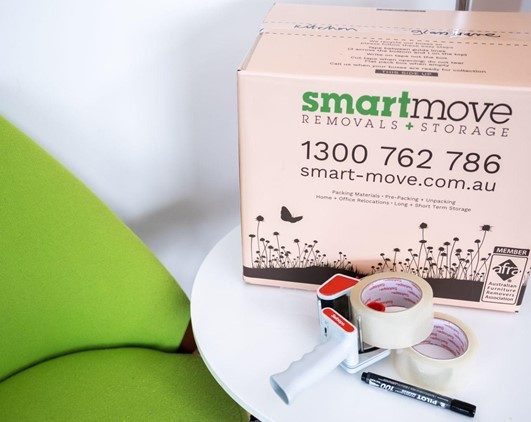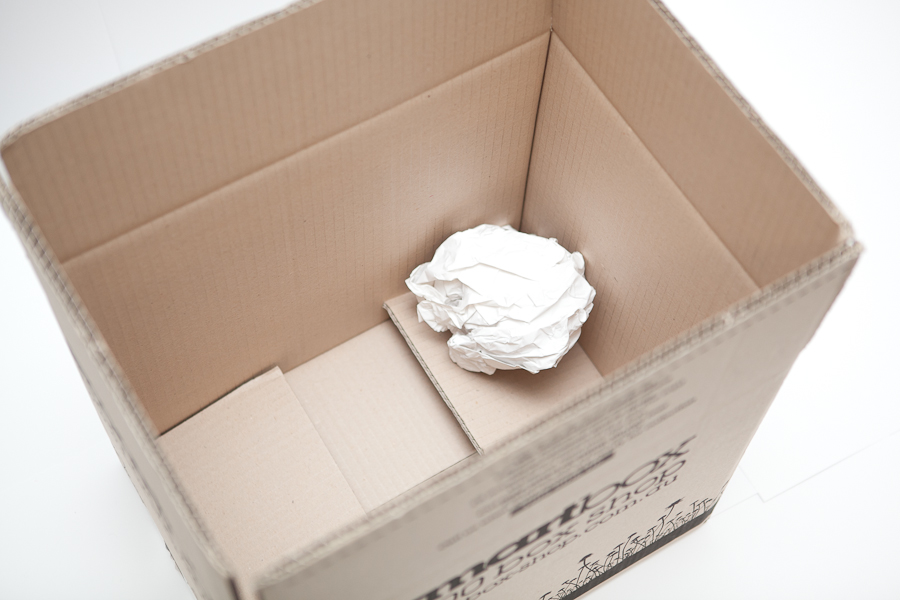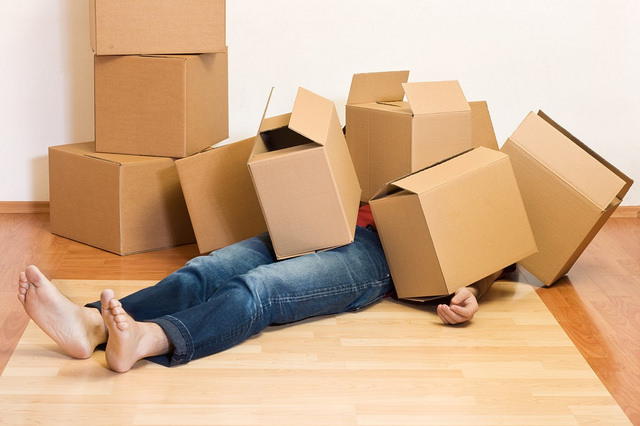10 things to do when moving house BEFORE moving day
10 things to do when moving house BEFORE moving day
Whether you’re upsizing, downsizing, sea or tree-changing, it can feel like there are a million things to do when moving house. The good news is that your stress levels, expense, and mess can be reduced by preparation and organisation before moving day.
When you’ve done the up-front planning, you can feel confident that you’ll rest easy on the first night in your new home. If you’ve ignored one or more realities of moving house, you may find yourself in a more expensive, stressful, or tiring situation than you’d like.
Smart Move is proud of its track record of minimising the hassle and cost of home and office removals. Here are top recommendations from our professional moving crews on 10 key things to do when moving house.
Things to do when moving house BEFORE you pick up your new keys
#1. Book a removalist

The first item on your list of things to do when moving house is to book a removalist. The right removalist can make all the difference to the cost of your move and your happiness on moving day. Get a quote and line up your removalist as early as possible — the best removalists are engaged well in advance of a move. If you leave removalist hire to the last minute, you risk missing out altogether or paying premium prices.
#2. Decide how to pack

One of the biggest things to do when moving house that make a removal slow and expensive is lack of packing readiness. Decide well in advance of moving day if you’re going to self-pack or book a packing service.
Smart Move’s tough, reusable Boomerang Boxes make self-packing a breeze. If you’re out of time, professional packing teams offer end-to-end packing and unpacking services that make moving day fast, simple, and low stress.
#3. Disconnect and connect utilities and internet
Disconnecting and connecting utilities and internet services is essential to cross off your list of things to do when moving house early. It’s annoying to start life in your new home with no water, power, internet, or Netflix! Arranging the changeover of utilities and internet before moving day means you’ll be comfortable from Day One.
Some services, like internet, can take over a week to connect to a new property. Check with your provider to confirm lead times and plan accordingly. Communicating the date when you don’t need services at your old home means you won’t pay for a day longer than necessary.
#4. Declutter, donate, and discard
One of the best things to do when moving house is declutter, donate, and discard. Make time to sort out every room and consider EVERYTHING! We’re talking furniture, cupboards, clothes, kid’s rooms, linen, books, under the sinks, and anywhere else you have a stash of belongings. It’s helpful to make piles of items you plan to donate, discard, or sell so you can deal with things in bulk.
#5. Clean

When moving houses, the only experience nastier than seeing someone else’s mess is living in it. Cleaning your new place from top to bottom and inside out while it is empty is always one of our top tips for things to do when moving house.
If time is against you, consider hiring professional cleaners. If you don’t have the budget for professionals, grab the gloves, sponges, and roll up your sleeves. The upside of doing a deep clean yourself is that it helps you get to know your home. You’ll likely spot needed repairs in places easily overlooked when covered with furniture and decor.
#6. Insurance

Whether you’re buying or renting, insurance coverage is essential to include on your list of things to do when moving house. Insurance helps protect your home and contents against the unexpected from the day you move in. There are also insurance options to cover your belongings in transit, to give you coverage if items don’t arrive in the original condition.
Make time to compare different insurance options or use an online insurance calculator to get the best value package for your needs.
#7. Create a moving calendar
One of the most practical things to do when moving house is creating a moving calendar. A “to-do” list becomes next-level useful when mapped to specific dates, times, and owners for completion.
Moving house is a big job, and the secret to keeping it low-stress and on-track is breaking the big jobs into smaller tasks. Set deadlines, decide who is doing what and when, and note it all down in a diary or smartphone to make sure you stay on top of every detail. You’ll get a terrific sense of satisfaction by crossing off completed tasks and may even find you’ve created space in your day by staying organised.
#8. Update address information
It is never too soon to update your contact information with your new address on your list of things to do when moving house. Make a list of banks, memberships, subscriptions, charities, schools, doctors, vehicle information, insurance, driver’s license, vets, and the electoral office.
Set up a change of address with your local post office before moving day for total peace of mind around any updates that slipped your mind.
#9. Pack essentials for Night One

One of our favourite tips for things to do when moving house is to pack essentials for your first night. Essentials include kitchen basics like coffee (or tea) cups, plates, and cutlery for your household.
Other handy items are garbage bags, paper towels, items for washing and drying dishes, snacks, and pet food. Don’t forget toiletries, fresh clothes, linen, toilet paper, medications, and toys, if needed. You might also like to have a box cutter, tape, charging cords, basic cleaning supplies, a few tools, and a torch at your fingertips.
#10. Change the locks
Security is essential for your new home. When you move into a new property, the only way to have confidence that no one else can access your home is to change the locks.
One of the most important things to do when moving house is to schedule a locksmith to re-key the locks leading into your home through doors and windows. You might find you need to add a lock here or there too. The small call-out locksmith fee is worth it for peace of mind.
What to do when moving house BEFORE you close the door for the last time
If you have a move coming up soon, please consider our recommendations for 10 essential things to do when moving house. Make time to carefully plan and prep for moving day. We promise you it is worth the effort to start living in your new place as soon as possible.
For more smart moving tips and inspiration from the Smart Move team, visit our blog or contact us for help. We’re ready to get started when you are!







